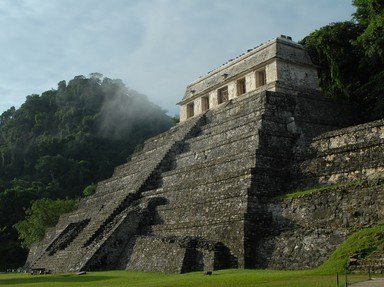Quiz Answer Key and Fun Facts
1. In the field of exploration, there is always the desire to be the first one to discover something so it's not surprising that some squabbles arise. Which explorers battled over which one discovered the source of the Nile?
2. While some disputes are merely a battle of words, others turn violent. Which feud ended with a U.S. Vice President shooting a former U.S. Secretary of the Treasury?
3. 18th century Japan - The Ako Vendetta involved leaderless samurai who plotted their revenge against Kira Yoshinaka, the court official who forced their feudal lord to commit suicide. Who had a beef with Yoshinaka?
4. This Asian feud involved the Shim and Yoon families of South Korea. For several centuries, the two families were at odds over what item?
5. A lifelong family feud erupted between brothers Rudolph and Adolph Dassler during World War II that even divided the town in which they worked. Which sporting goods companies did the Dasslers own?
6. Two brilliant men had one of the great rivalries of the age of invention. Along with George Westinghouse, which inventors waged "The War of the Currents"?
7. This rivalry ended in violence. It involved two revolutionaries who vied for control of their newly-formed nation following the death of its first leader. Which feud ended with an assassination in Mexico?
8. Rivalries aren't surprising in the world of organized crime, and one of the most famous in U.S. history involved an ongoing battle between an Italian and an Irish gang in Chicago. Which feud culminated in the St. Valentine's Day Massacre?
9. These two scheming rulers both had a claim to the throne so it was just a matter of time before one did away with the other. Which cousins were rivals for the throne of England in the 1500s?
10. This rivalry involves the quest to reach the North Pole. Which former colleagues competed in the early 1900s to become the first man to set foot on the top of the world?
Source: Author
PDAZ
This quiz was reviewed by FunTrivia editor
bloomsby before going online.
Any errors found in FunTrivia content are routinely corrected through our feedback system.

